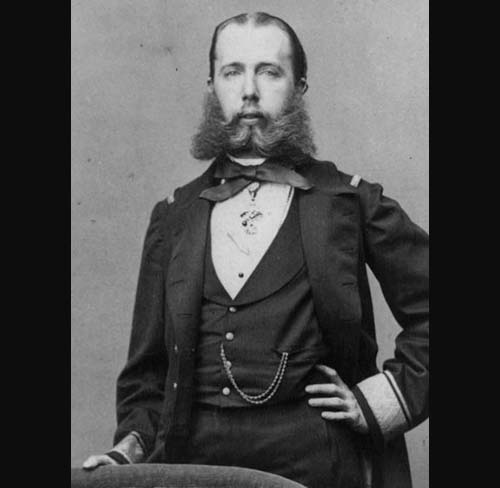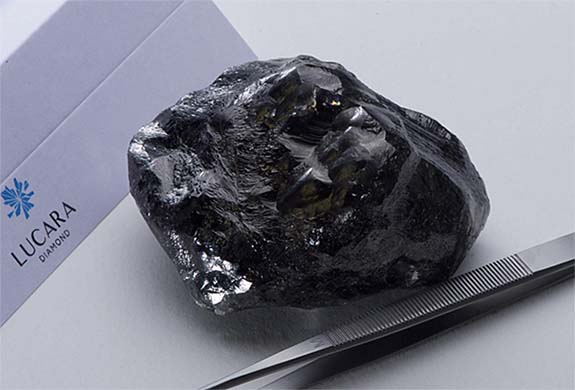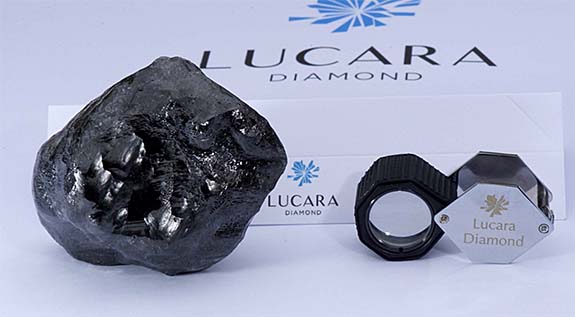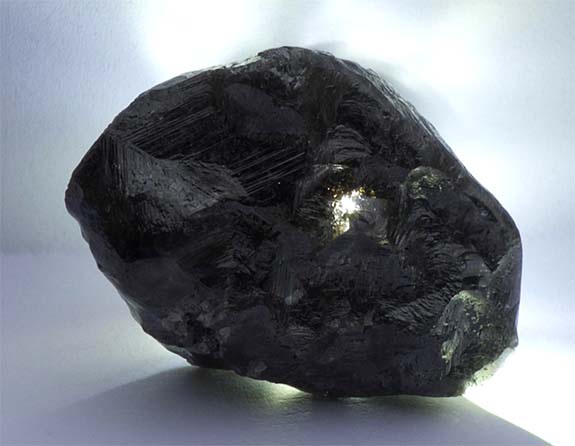Welcome to Music Friday when we bring you tunes with jewelry, gemstones or precious metals in the title or lyrics. Today, international blues troubadour Eric Bibb inspires us to keep our eyes on the mountaintop in the uplifting 2006 song, "Shine On."
The two-time Grammy nominee knows that we can do better, reach higher and strive harder. He believes that quitting is not an option and that making mistakes is a valuable part of the learning process. Hard-earned wisdom is something money can't buy.
He sings, "Don't stop 'til you win your prize / Lean on all the love that is in my eyes / You're a diamond to me, yes you are / Shine on."
Penned by Bibb and Figge Bostrom, "Shine On" appeared as the third track on Bibb's studio album, Diamond Days.
In reviewing the album for popmatters.com, Joe Montague wrote, "There are no rough edges on Diamond Days or Eric Bibb, the blues artist behind this fabulous new CD. The man is so effortless when he plays that one has difficulty determining where the guitar stops and where Bibb begins."
Born in New York City in 1951, Bibb was immersed in music at a young age. His father was a singer in the 1960s New York folk music scene and regular guests at his home included Pete Seeger, Joan Baez and Bob Dylan, to name a few.
When young Bibb became interested in playing the guitar, it was Dylan who advised the 11-year-old to "Keep it simple, forget all that fancy stuff."
Bibb went to Columbia University to pursue degrees in psychology and Russian, but left the Ivy League school after one year. Instead, he packed his bags and headed out to Paris, where he studied the best traditions of pre-war blues.
Before long, he was making a name for himself in France, the UK, Canada, Sweden, Germany and the US.
He earned two Grammy nominations for "Shakin' a Tailfeather" (1997) and "Migration Blues" (2017). In 2018, he opened for George Benson on his UK tour, and this month, Bibb and his band will be playing at venues throughout Australia.
Please check out the audio clip of Bibb performing "Shine On." The lyrics are below if you'd like to sing along...
"Shine On"
Written by Eric Bibb and Figge Bostrom. Performed by Eric Bibb.
Life gives you the runaround you say
You wanna know
How much dues must you pay
Well, you can pay off what you want
When there's a will
There's always a way
Keeping your eyes on
That mountain top
Stepping up time
Don't ever, ever stop
Keep on when your mind says quit
Dream on 'til you find your living it
I'll be right by your side
Yeah baby keep on
Don't stop 'til you win your prize
Lean on all the love that is in my eyes
You're a diamond to me, yes you are
Shine on
I know what you've been through
I see
But it's time to leave it behind and let it be
Yeah
Hard-earned wisdom is something you can't buy
It's the wings of experience
That make you fly
Don't look back
Don't look back
Don't turn aroundv You're on the right track
Keep on when your mind says quit
Dream on 'til you find your living it
I'll be right by your side
Yeah baby keep on
Don't stop 'til you win your prize
Lean on all the love that is in my eyes
You're a diamond to me, yes you are
Shine on
Shine on
Keep on when your mind says quit
Dream on 'til you find your living it
I'll be right by your side
Yeah baby
Don't stop 'til you win your prize
Lean on all the love that's in my eyes
You're a diamond to me, yes you arev Shine on
Shine on
Baby you got to shine on
That's what you're born to do
Me and you
You got to shine on
Sparkle baby
Baby you got to
Shine on
Credit: Screen capture via YouTube.com/TheDixiefrogrecords.






